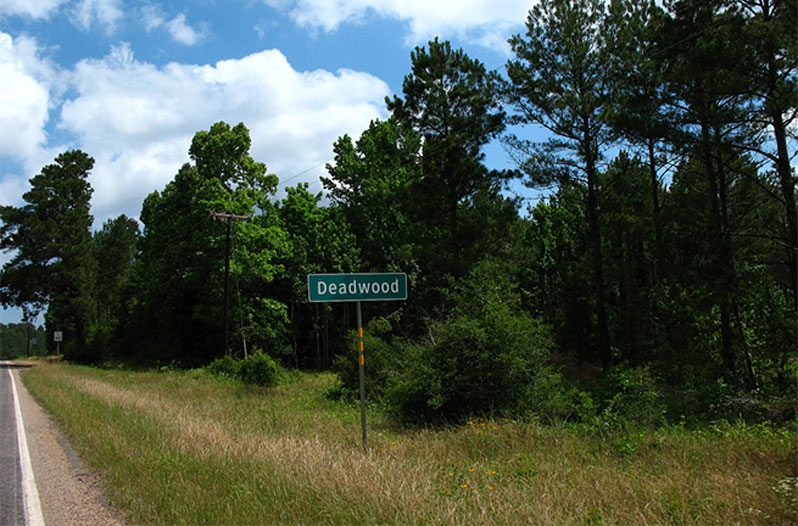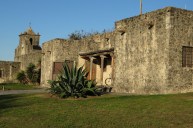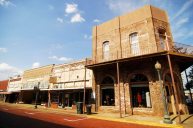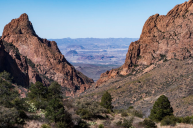On the Texas-Louisiana border, about 20 minutes from the East Texas town of Carthage, exists a time portal into the 1800s. Journey through the small community of Deadwood, Texas, down Farm Road 31, and you'll find the last remaining boundary marker for the Republic of Texas, the only international boundary that exists within the continental United States.
Videos by Wide Open Country
In this sliver of land near the Sabine River, you can stand on the only remaining soil still belonging to the independent nation of Texas. Granted, there's not a lot to do once you get there. The Republic of Texas exists within a 10-by-9 foot plot of land with a Texas historical marker in the middle. But just saying you've been there is worth the trek for any true Texas traveler.
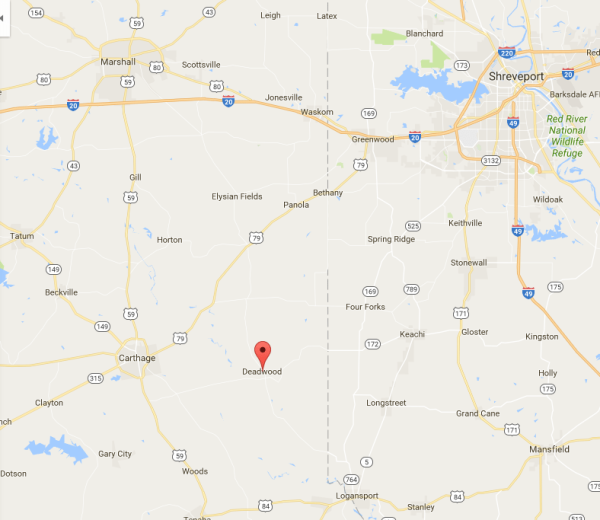
Deadwood is roughly 20 miles east of Carthage. Screengrab via Google Maps
Deep in the heart of the Republic of Texas
Just in case you need to brush up on your Lone Star history, here's a brief history of the republic:
On March 2, 1836, now celebrated as Texas Independence Day, 59 delegates from across Texas met at Washington-on-the-Brazos to sign a document that declared independence from Mexico. David G. Burnet was selected as the interim president, while Sam Houston served as the first elected president of the Republic. Houston was succeeded by Mirabeau Lamar in 1838. But Texans couldn't get enough of Sam Houston and re-elected him in 1841. Of course, they also named a city after him and built a towering monument to his likeness in Huntsville.
The Republic of Texas had seven different capitals before finally selecting Austin (then named Waterloo) as its capital city.
The Republic of Texas boundary marker was erected in 1841, four years before Texas joined the United States. The east side of the marker is engraved with "U.S.," while the west side is designated "RoT" for Republic of Texas. The south side of the marker reads "Merid. Boundary, Established A.D. 1840."
The site was added to the National Register of Historic Places in 1977.
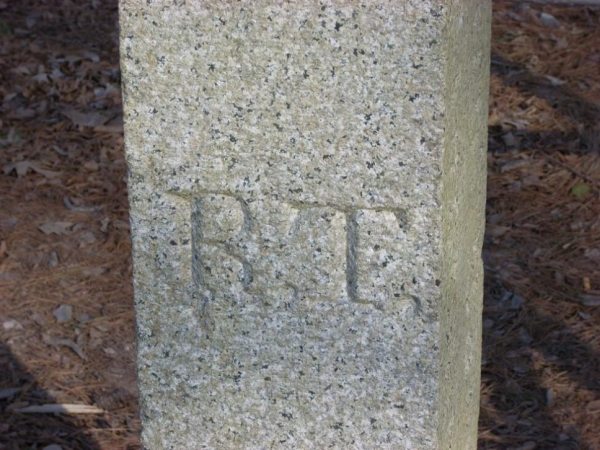
The last remaining boundary marker for the Republic of Texas. Source: Flickr/Epaki
Take a Texas History Tour
Texas sure is proud of its history and with good reason. We all know about the Alamo, but there's no shortage of other historical sites to visit on your Republic of Texas history tour. Check out the Washington on the Brazos state park in Washington, Texas. Here you can visit Independence Hall, where Texas independence was first declared.
Pay tribute to the first elected president of the republic by visiting the Sam Houston Memorial Museum in Huntsville. While you're in town, gaze upon the 67-foot-tall Sam Houston statue, described as "a tribute to courage."
If you're a non-Texan, don't be surprised if you find yourself echoing Davy Crockett's famous quote when he left Tennessee for the land of the Lone Star: "You may all go to hell and I will go to Texas."
